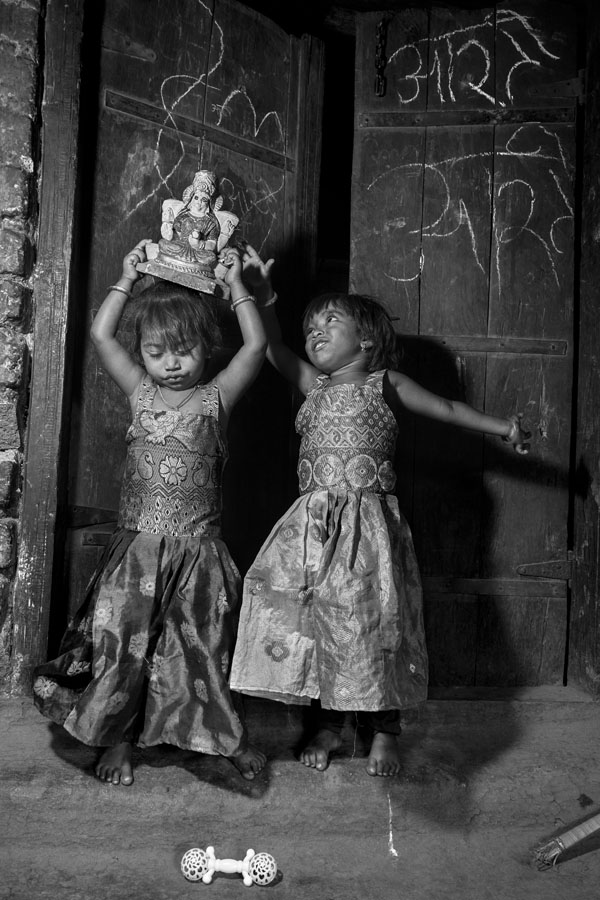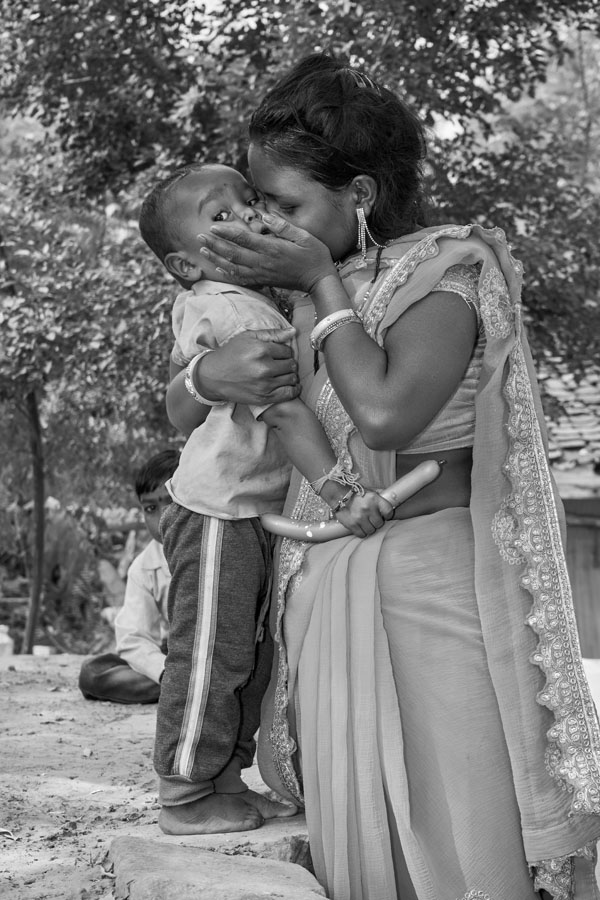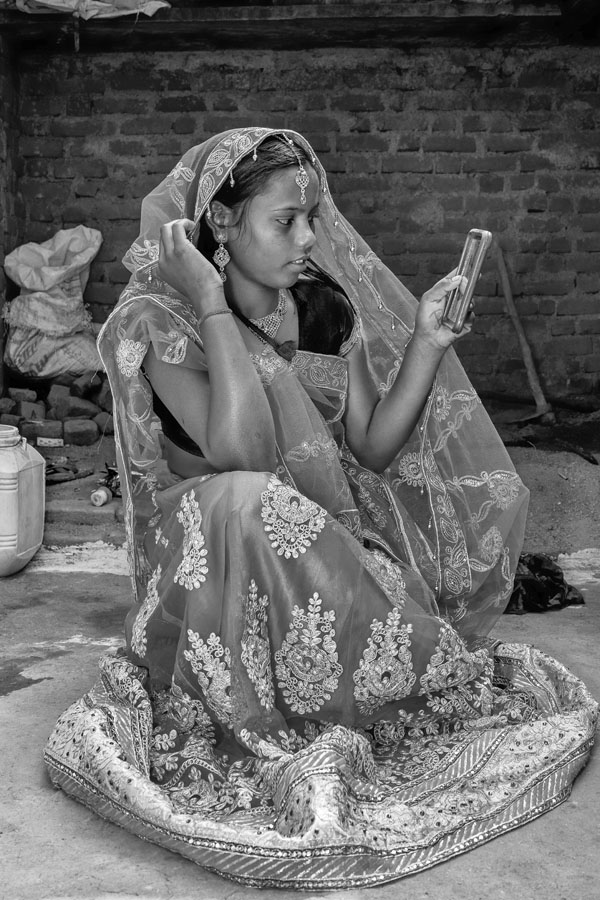Photographing is an act of archiving
the present for the future
By Sneha Murchavade
© Sneha Murchavade
Where does art and an artist stand in the midst of essential services? Can one be innocent of dealing with the fuzziness pertaining to our vocations? Is art only therapeutic and not a reflection of reality beyond photojournalism? How do we deal with the weight of the stories that go unheard?
It all started with the unanticipated pandemic. With the world going through grief and uncertainty, we were flooded with stark visuals of Covidbottleneck challenges of the lack of oxygen at hospitals, overflowing deathbeds, huge stockpile of ashes at crematoriums, and medical supply shortage globally.


There was one burning question in the midst of all this, “Can an ‘Artist’ (be it a visual, performative, or verbal) have any validity? Does her/his profession only have to sustain when there is certain amount of certainty in the society? What happens to art when there is complete stillness all around?”
We witnessed many people on social media teaching art therapy and art classes that became digital than a physical act. But what happens to those visuals? We witnessed many beautiful heart touching projects flourishing in the time of a complete lockdown talking about spaces and how it all changed. How space was perceived by artists, be it a dancer or a painter? And in contrast to that we had the heart-breaking photo-journalistic images flashing the reality of the situation.
Photographs can be argued as miniatures of reality, a constructed part, but not the complete truth. As rightly said by Susan Sontag,“Photographs furnish evidence”.
Art and more importantly photography has fractured conceptions.
Art came into existence as reflections of the society and the lives, emotions, revolutions masses were witnessing throughout their lives. Category of fine art especially photography is a recent historical construction. Photography is considered by many to be a modern art medium since it is often used to show reality – constructed or cropped or staged.
Photojournalism has been the most accurate form of depicting realism in society. But what happens to other spheres of photographing when movement is restricted since we all know how photography is aphysical act. What happens to the stories that are in the middle of the contrast and sensational reality? Stories that went lost in the middle of art therapies and photographing for the news. Coming from a photographer’s point of view, all the stories were only told in our minds. The conversations were in our own imagination.


How do we bring in photography in a restricted time? The concept of photographing people and the mundane life suddenly was a piece of romanticism. Stillness had taken over our movement in terms of not being able to build a relationship over a wide smile with a random stranger.To all that got lost and could never be revived. Photography still remains a questionable art form, whether or not it is an art form. But we can’t deny the fact that a picture speaks a thousand words. We won’t be able to get away with the fact that photographing is an act of archiving the present for the future. There is no dearth of debates over how photography isn’t an art form, but at the same time it is an important way of documenting everyday life, of all the smiles and grief and everything in between.
Let’s end this with a quote by Abbas Kiarostami, “I’ve often noticed that we are not able to look at what we have in front of us, unless it’s inside a frame.”
The writer is an upcoming photographer. The views and opinions expressed in this article are those of the writer and do not necessarily reflect the views or opinions of Samyak Drishti.

